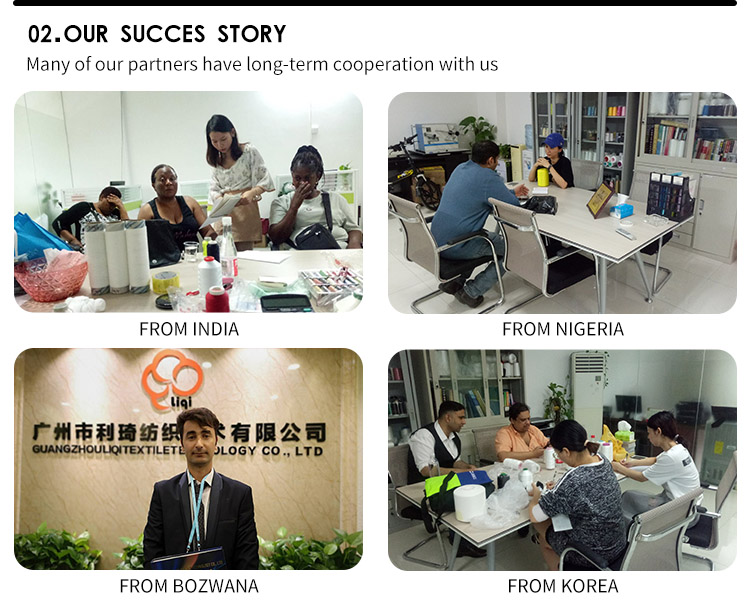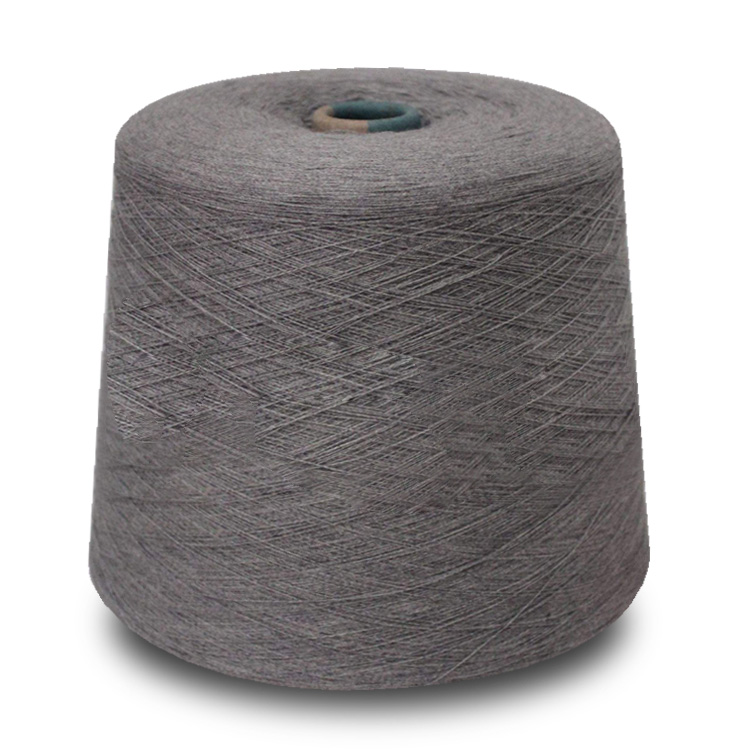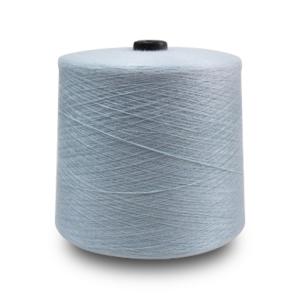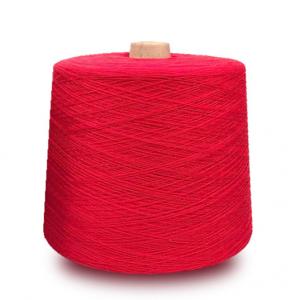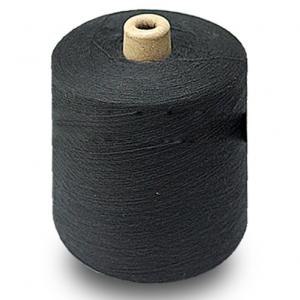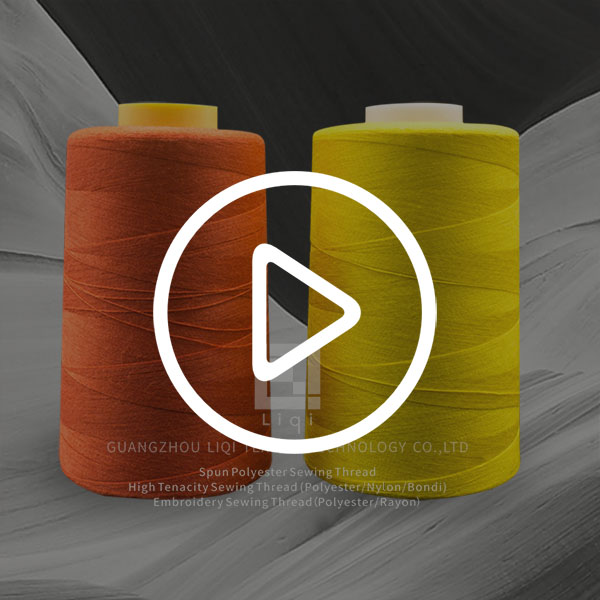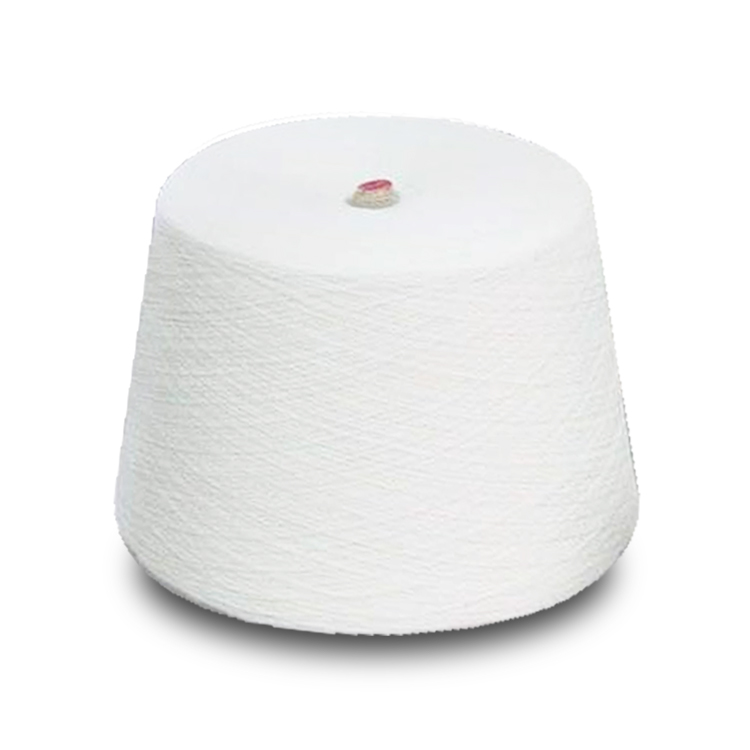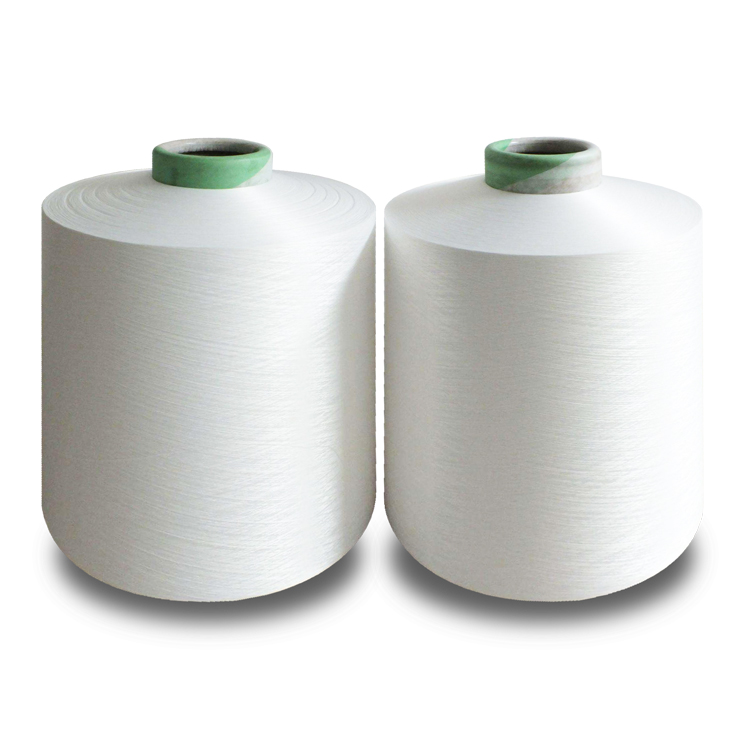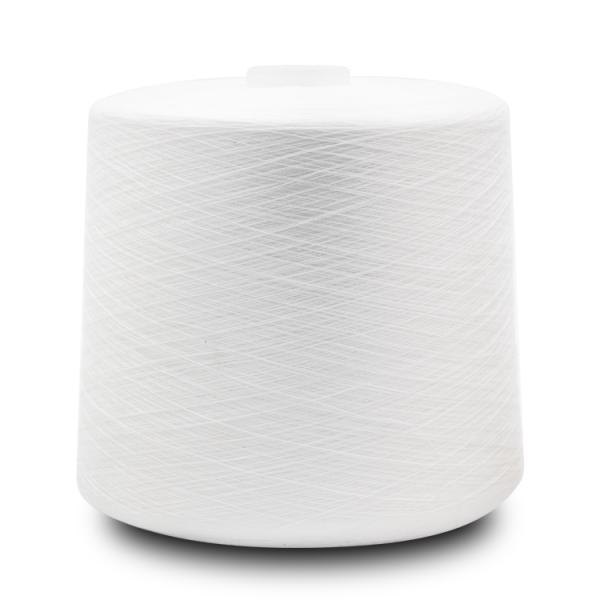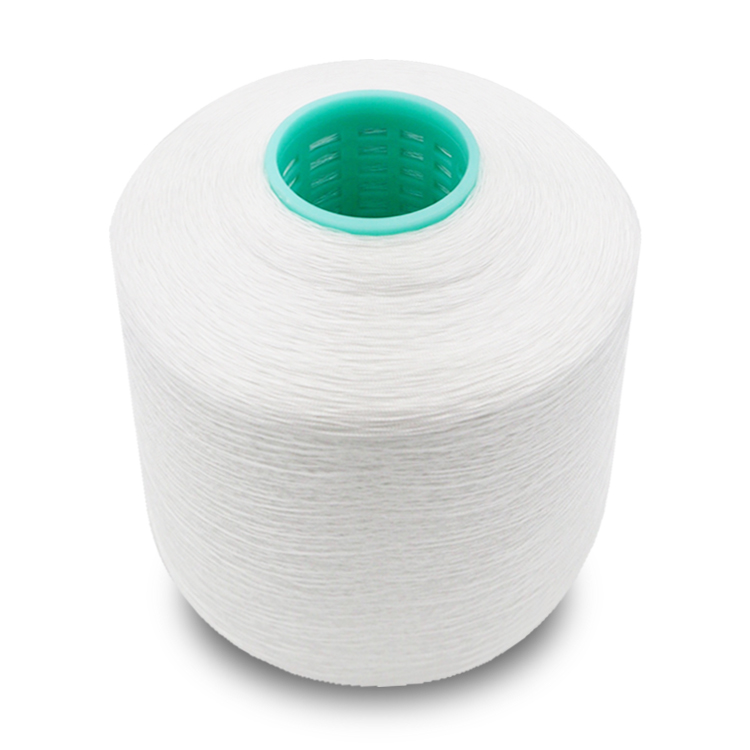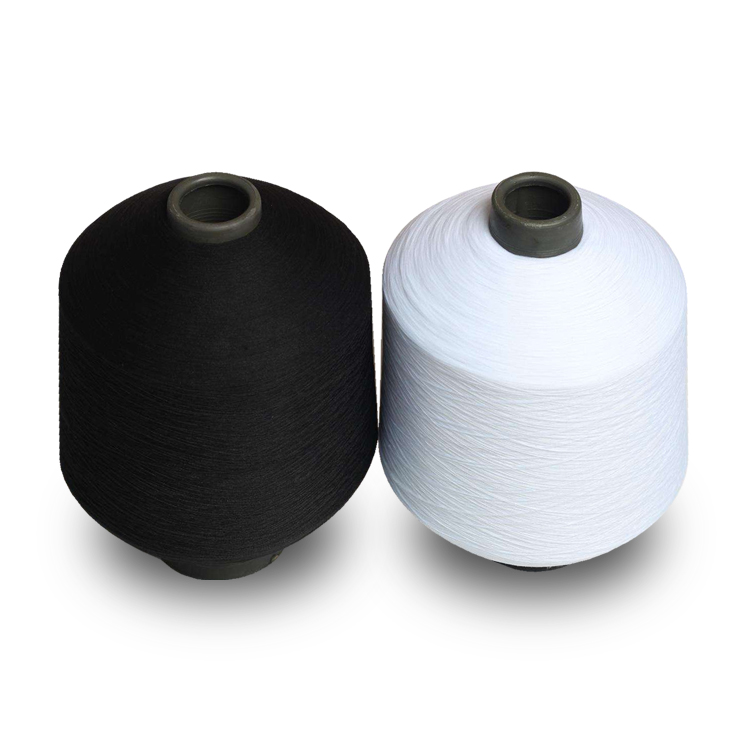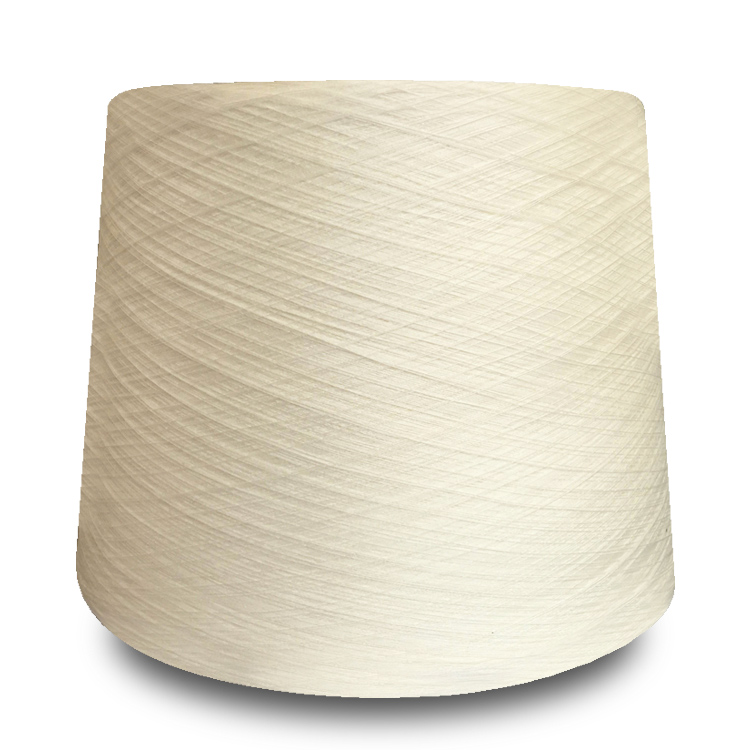Share to:
Related Products
Recycled cotton and polyester open end oe yarn
LQ-0208
Price: From $0.85
Delivery time: 9-20 days after payment
MOQ: 500 KG
Recycled cotton yarn, also known as waste spinning, sub brand yarn. It is a kind of yarn which is made of the returned flowers, returned silk, waste silk, waste yarn, waste materials, broken cloth pieces produced in the textile production process, as well as the leftovers and leftovers produced in the clothing cutting process, as well as the textile fibers and their products discarded in daily activities, such as centralized opening, impurity removal, dust removal, mixing, carding, drawing, drafting and twisting.
Generally, the new type of air spinner is used for recycled cotton yarn. Because the raw fiber length of recycled cotton yarn is shorter than that of raw cotton, it mainly produces about 4-13 rovings (14-44tex).
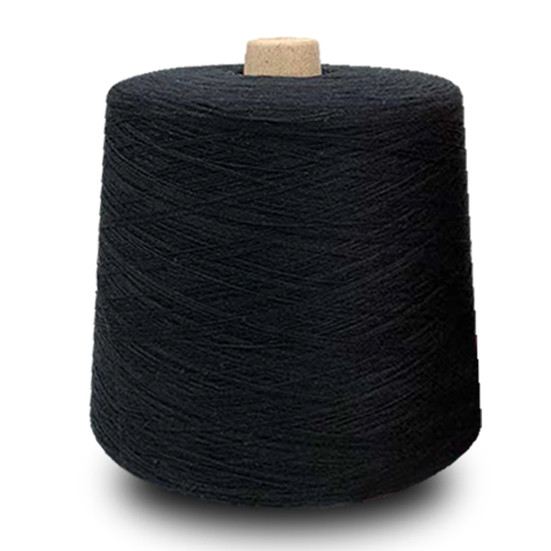
Use of recycled cotton yarn
According to the use of products, recycled cotton is often used for dyeing and color spinning. Spinning fineness is determined according to the raw material and application.
It is used for weaving cotton blanket, furniture cloth, wall cloth, work clothes for labor protection articles, industrial bag cloth, floor cloth, wiping cloth, table blanket, sofa and chair cover, etc.
Classification of recycled cotton yarn
Recycled cotton yarn includes cotton type recycled yarn and chemical fiber recycled yarn. Cotton type recycled yarn is basically made of cloth corner material of cotton knitted clothing, while chemical fiber recycled yarn is basically made of cloth corner material of polyester clothing or products. Through specialized cloth angle material management, recycled cotton rotor spinning processing, yarn sales and other upstream and downstream links, to provide raw materials for denim, curtain cloth, sand release, gloves and mops.
Raw materials for the production of recycled cotton yarn
According to the general spinning system processing 100 kg of blended cotton, a total of 80-90 kg of yarn can be obtained. Therefore, it can be seen that the yarn yield of blended cotton is 80-90%. The remaining 10-20% is the waste of spinning production.
When raw cotton is processed according to combed spinning system, because there is 15-18% combed noil, the yarn yield is reduced to 65-75%. All waste materials from spinning production can be divided into the following categories:
1. Waste consisting of completely useful, clean and loose fibers. This kind of waste does not need to be cleaned in advance, it can be re listed into the original cotton grade. Such waste is called back flower. Broken rolls, slivers, and rovings all belong to this category. Broken roving must be unfolded on the roving head before reuse.
2. There are also fibers that can be spun in the waste, but they are very short and uneven in length. Moreover, they contain a lot of impurities (broken seeds, combed noil, card printing flowers, cover flowers). There are also fibers that are useful but twisted into yarn. This kind of waste can be degraded after being processed in advance.They are non-woven waste. For example: ground flower
3. There are a small amount of short fibers in the waste which are not suitable for spinning.
4. When the fiber loses water in the production process, the single short fiber and dust discharged out of the plant together with unclean air are called intangible waste.

Types of end products after textile waste reprocessing
(1) reprocessed fiber nonwovens (usually nonwovens belong to this category). This is a very wide field of fiber recycling, mainly used in industrial and agricultural production and various life fields. Because of the short production process, low cost and good adaptability to raw materials, the processing of textile waste for nonwovens is gradually expanding. For some chemical fiber short fibers, it can be processed into needle felt and other non-woven fabrics for sound insulation nets and vehicles in automobiles. The lining and carpet of the seat can also be used as decoration articles in furniture industry, geotextile in civil industry, filter products, etc.
(2) reprocess the fiber filler. Some regenerated fibers with poor quality and short length can be used as filler after proper treatment. Such as heat insulation, sound insulation layer of filler material, especially in the playground used polyester foam plastic pad added appropriate regeneration fiber, can greatly increase its intensity, prolong the service life.
(3) recycled fiber and paper. Three layers of cashmere are peeled by the linter. The first layer of cashmere is a kind of short cashmere with a length of 12-16mm. It can spin 49-97 low-grade yarn. It can weave cotton blanket, flannelette, flannelette, candle wick, lamp wick, etc. it can also make high-grade paper, such as banknote paper, typing wax paper, copper plate paper, etc., as well as wear-resistant and light steel paper. The second layer of cashmere is a kind of short cashmere with a fiber length of less than 12mm, which is made of such short cashmere. After pulping, it can be made into nitrocellulose with spray paint; three layers of cashmere are three types of short cashmere with length less than 3mm, which can be made into viscose fiber.
(4) reprocessing fiber fabric. The recovered natural cotton fiber is generally long, which can be spun into recycled cotton yarn by processing technology, as the raw material of some fabrics.
